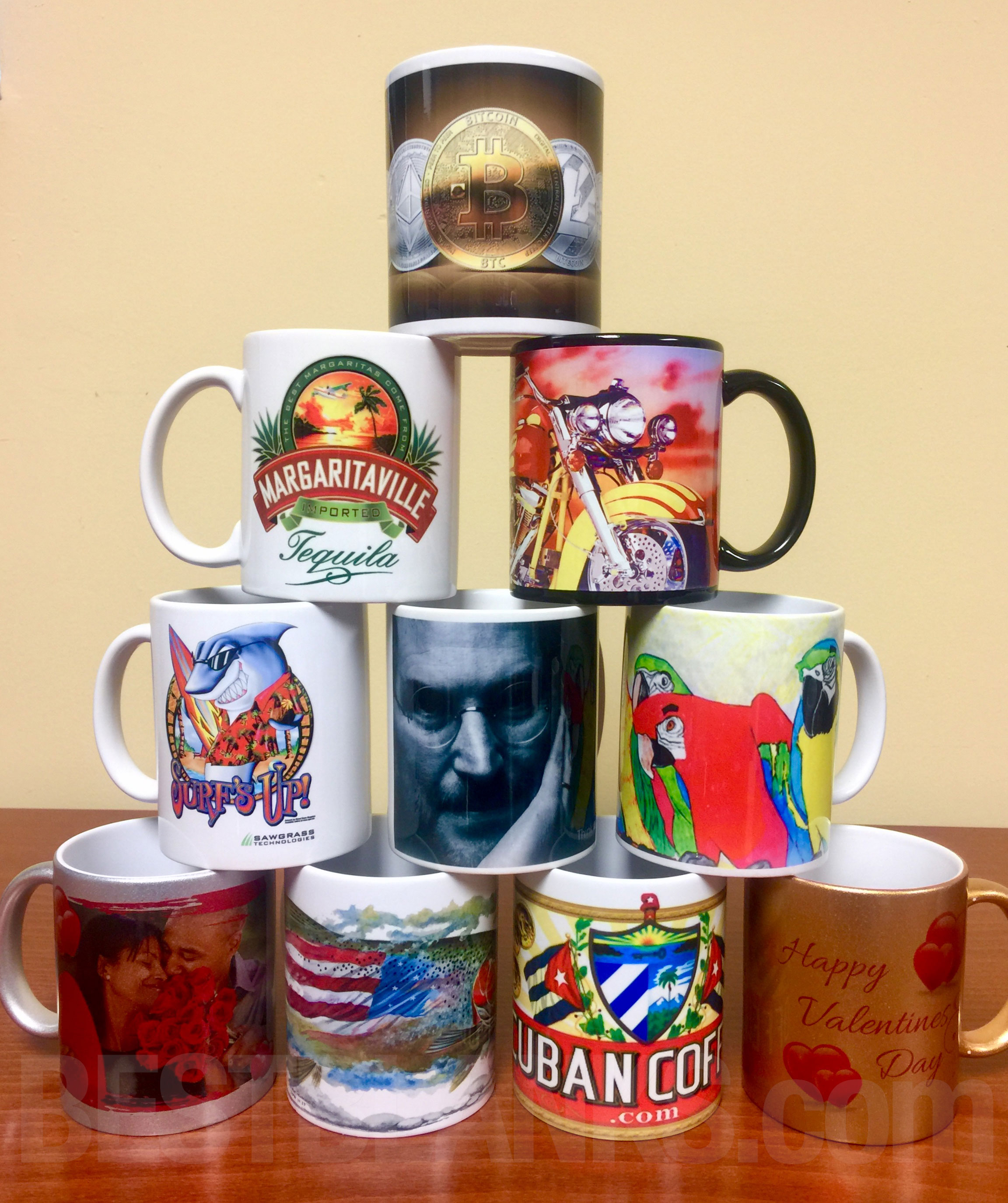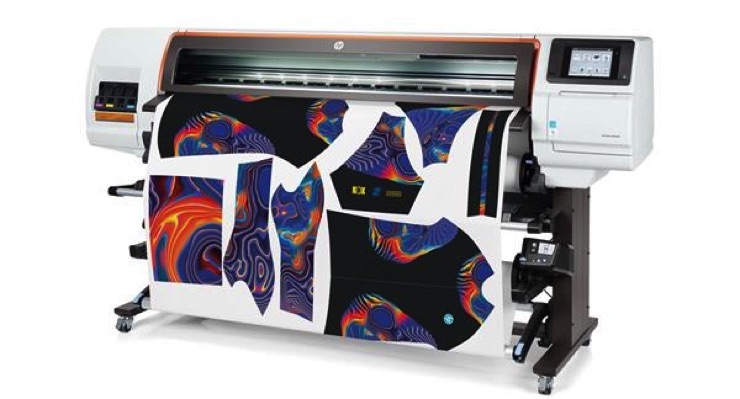From Traditional to Digital: Comprehending the Development of Cloth Printing
The transformation of cloth printing from typical methods like block printing and resist coloring to contemporary methods such as display and electronic printing marks a considerable shift in the textile market. Just how do these developments impact the essence of fabric printing, and what might the future hold for this ever-evolving craft?
Typical Cloth Printing Approaches
In the onset of textile production, standard cloth printing techniques worked as the keystone of material design, providing both capability and artistic expression. Techniques such as block printing, withstand dyeing, and stenciling were diligently created and refined over centuries, each adding distinct practical applications and aesthetic qualities to the fabric sector. Block printing, among the oldest techniques, entailed sculpting intricate styles right into wooden blocks, which were after that dipped in color and pushed onto material. This labor-intensive process allowed for the repetition of in-depth patterns, showcasing the artisan's ability and imagination.
Stand up to dyeing, including strategies like batik and tie-dye, utilized wax or various other compounds to stop dye from passing through specific areas of the fabric. This approach developed striking contrasts and detailed designs, often imbued with social relevance. Stenciling, an additional conventional approach, involved cutting patterns right into a material and applying dye with the openings, offering a simpler yet efficient method to produce repeated layouts.
These standard methods not just shaped the fabric industry's very early advancement however additionally laid the foundation for future developments. Each technique showed the social and local features of its origin, protecting and distributing artisanal understanding through generations.
The Increase of Display Printing
Exactly how did display printing change the landscape of fabric design? The arrival of display printing in the very early 20th century marked a significant departure from typical methods, offering unprecedented adaptability and efficiency. This method entails pressing ink through a fine mesh screen that has been stenciled with a design, allowing for high accuracy and uniformity. Display printing allowed developers to generate detailed patterns and lively colors on fabrics, which were formerly testing to attain with block printing or hand-painting approaches.
One of the key advantages of display printing is its capacity to reproduce complex designs on a big range with remarkable integrity. This scalability made it exceptionally preferred in the business fabric market, where automation without compromising top quality is critical. Display printing suits a broad variety of inks and dyes, broadening the combination of structures and finishes available to designers.
Moreover, the procedure is highly adaptable, ideal for different fabric kinds consisting of cotton, silk, and synthetics. This adaptability, incorporated with its cost-efficiency for huge runs, solidified screen printing's function as a cornerstone of modern fabric production. Hence, the increase of screen printing reinvented the industry, pressing the boundaries of what was possible in textile layout.

The Development of Digital Printing
Building on the amazing innovations brought by display printing, the textile market experienced another groundbreaking growth with the development of digital printing. Arising in the late 20th century, electronic printing reinvented the method styles are moved onto fabrics, using unmatched More Bonuses versatility and effectiveness. Unlike traditional methods, which often needed considerable setup and substantial hands-on intervention, electronic printing uses computer-aided design (CAD) technology to produce intricate patterns directly onto the fabric with high accuracy.
This technology has actually enabled textile manufacturers to fulfill the expanding need for modification and on-demand manufacturing. By eliminating the requirement for screens and plates, electronic printing decreases and minimizes lead times product waste, making it a more sustainable choice. The ability to publish complicated images and a variety of shades in a single pass has opened up brand-new imaginative methods for developers, fostering a surge in imaginative expression within the sector.
Furthermore, electronic printing sustains smaller set manufacturing runs, which is particularly advantageous for specific niche markets and start-up fashion brand names. This technological leap has not just enhanced operational performance yet likewise democratized accessibility to high-quality textile printing, establishing the phase for future technologies in material design and manufacturing.
Comparing Techniques: Typical Vs. Digital
While both typical and digital printing methods have their own one-of-a-kind benefits, they differ considerably in terms of process, effectiveness, and environmental impact. Typical fabric printing, including techniques like block printing and screen printing, includes manual work and elaborate craftsmanship. These approaches are celebrated for their capability to produce rich appearances and dynamic colors, typically resulting in distinct, artisan-quality products. Nonetheless, they are labor-intensive, time-consuming, and frequently limited in terms of color variety and style intricacy.
In comparison, electronic printing utilizes innovative technology to transfer designs straight onto fabric using inkjet printers. Digital printing is substantially faster, enabling for quick turn-arounds and just-in-time manufacturing, which decreases the requirement for large inventory storage.
From an ecological perspective, digital printing is normally more sustainable. It makes use of less water and creates minimal waste compared to standard techniques, which usually involve comprehensive cleaning and dyeing procedures. Consequently, electronic printing is progressively preferred in a period where ecological considerations are paramount.
Future Fads in Towel Printing
As the textile market continues to develop, future patterns in towel printing regularly direct in the direction of better combination of innovation and sustainability. One significant trend is the raised application of electronic printing modern technologies. These advancements enable higher precision, much faster manufacturing times, and the ability to create complex styles that were when tough with standard methods. Digital fabric printing is expected to control the market, driven by its effectiveness and versatility to customer needs for customized and limited-edition products.

In addition, the incorporation of smart textiles, my review here which incorporate electronic parts right into textiles, is established to change the marketplace. These fabrics can important link offer additional functionalities such as temperature guideline, health and wellness monitoring, and interactive attributes. As modern technology remains to breakthrough, the intersection of digital printing and smart textiles will open brand-new opportunities for imaginative and functional applications in fabric printing.
Conclusion
The development of cloth printing from typical techniques to digital advancements marks a considerable transformation in the fabric industry. While traditional methods highlight artisanal workmanship and cultural heritage, electronic printing offers unmatched precision, effectiveness, and customization.
The improvement of cloth printing from standard methods like block printing and withstand coloring to modern techniques such as screen and electronic printing notes a substantial change in the textile industry. Screen printing made it possible for developers to generate elaborate patterns and vivid colors on textiles, which were formerly testing to accomplish with block printing or hand-painting approaches.
Building on the impressive innovations brought by screen printing, the textile industry experienced another groundbreaking development with the development of electronic printing. screen printing. Traditional cloth printing, encompassing methods like block printing and screen printing, involves hand-operated labor and intricate craftsmanship. As innovation proceeds to advance, the crossway of electronic printing and smart fabrics will open up brand-new methods for practical and innovative applications in towel printing
Comments on “Top Fads in Branded Clothing That You Need to Understand about”